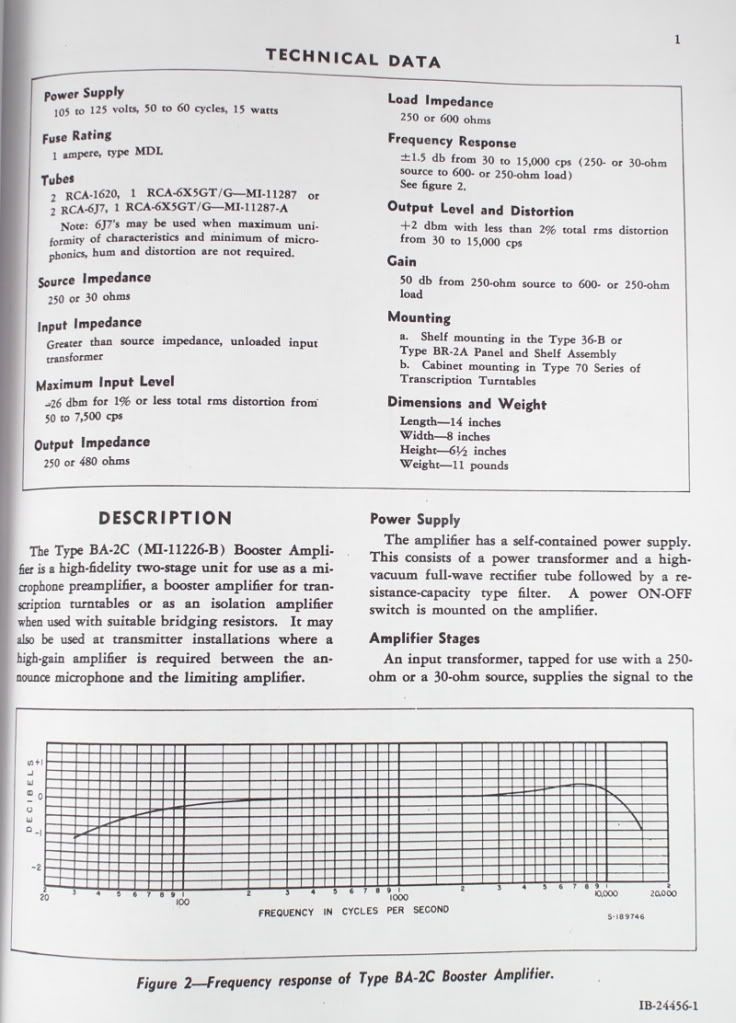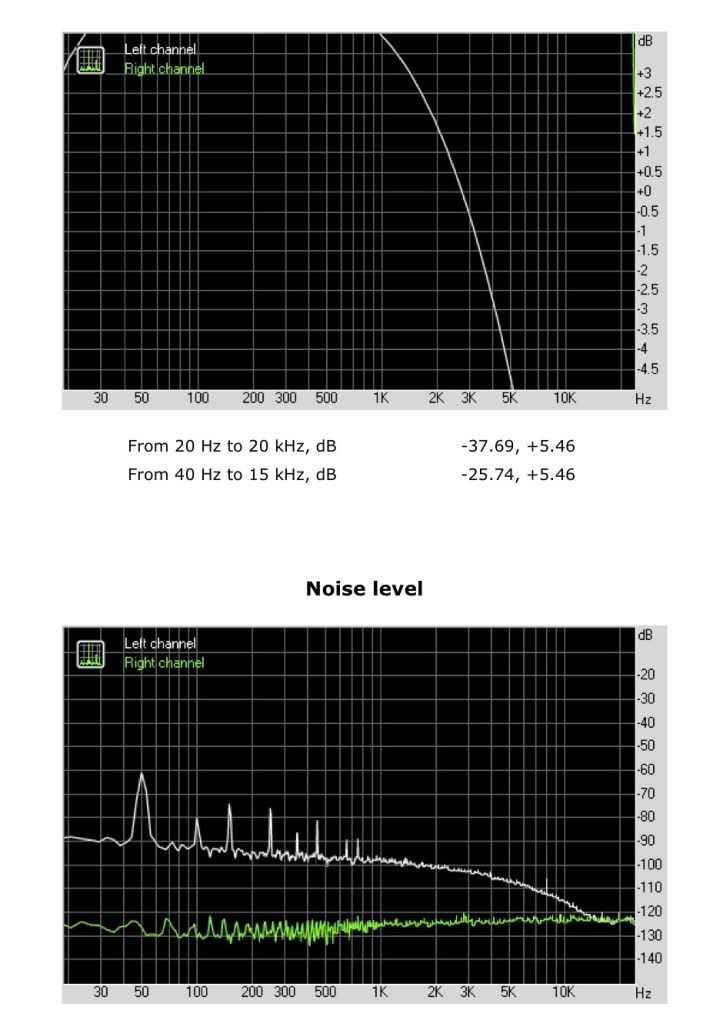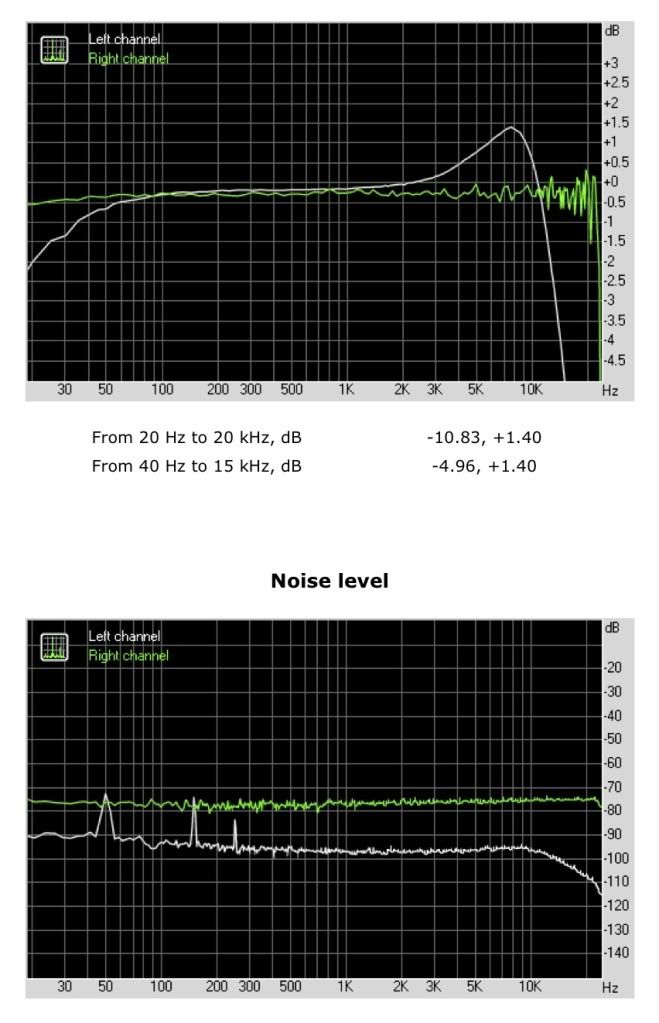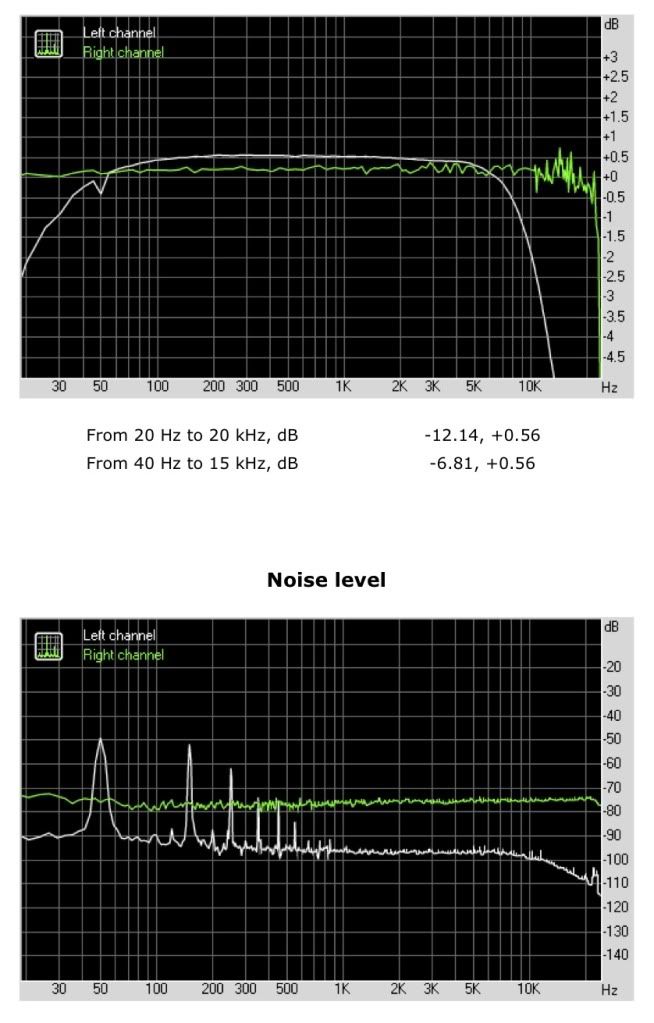The bottom end looks better than some, the top can be highly variable depending on test setup. Look at my 87-A plots in my rack up thread for examples of a real one with two different input loads. Consider that a mic will deliver a totally different load than a resistive or amp driven setup, regardless of the nominal expected Z.
Noise looks respectable. I'd try power rotation just to see. Is the shield tap on the input trans grounded? That measurement should be taken with a 150-200r across the input terminals. Real RCA quotes -69dB (0.001 watt reference) with input terminated.
High boost is in the 2-3 dB range, and set high enough that it usually only influences the shape of the roll off. The earliest versions used 56k/270pfd rather than 33k/330pfd, which would be a slight difference. Consider that if r11 was 100k then c8 would be a 6 dB boost bypassing half of the voltage divider, and overall gain would fall by the same amount. So 33-56k is a reasonable eq loss to balance against top end response leveling. Tune shape by changing cap values, may take a handful and some test leads to see what looks best.
Q?s:
Output load? Look at it with and without a 600-1k across the output. Sometimes it makes no diff, sometimes a lot.
Did you try reversing the secondary of the input trans?
Did you have a look with a mic pad between the source and the input?
Noise looks respectable. I'd try power rotation just to see. Is the shield tap on the input trans grounded? That measurement should be taken with a 150-200r across the input terminals. Real RCA quotes -69dB (0.001 watt reference) with input terminated.
High boost is in the 2-3 dB range, and set high enough that it usually only influences the shape of the roll off. The earliest versions used 56k/270pfd rather than 33k/330pfd, which would be a slight difference. Consider that if r11 was 100k then c8 would be a 6 dB boost bypassing half of the voltage divider, and overall gain would fall by the same amount. So 33-56k is a reasonable eq loss to balance against top end response leveling. Tune shape by changing cap values, may take a handful and some test leads to see what looks best.
Q?s:
Output load? Look at it with and without a 600-1k across the output. Sometimes it makes no diff, sometimes a lot.
Did you try reversing the secondary of the input trans?
Did you have a look with a mic pad between the source and the input?







































